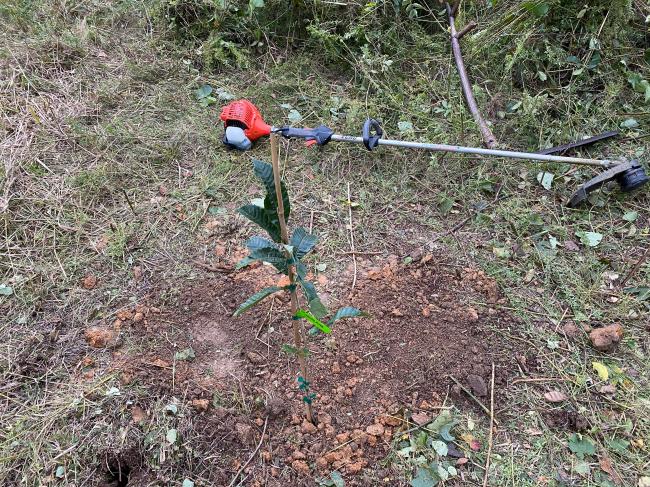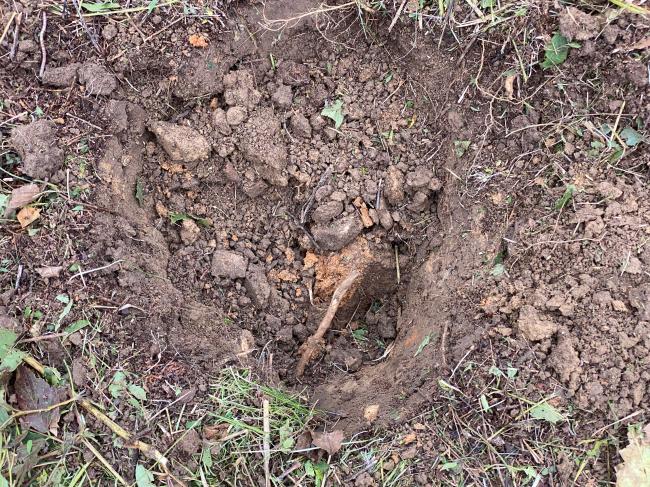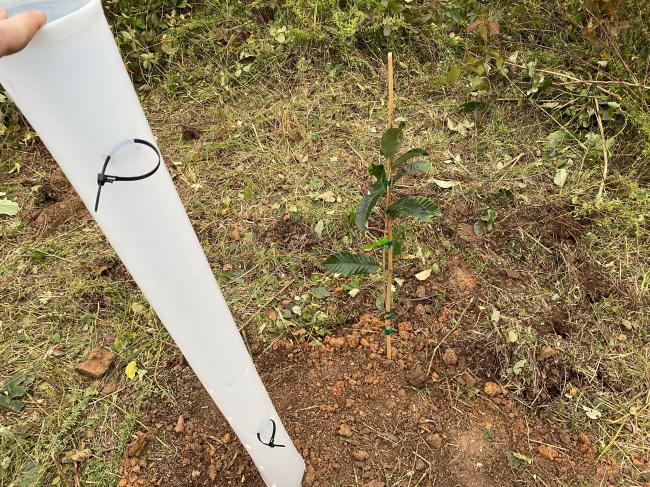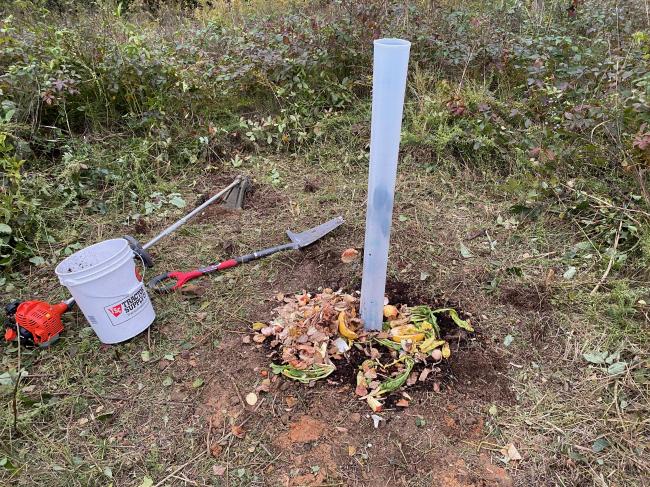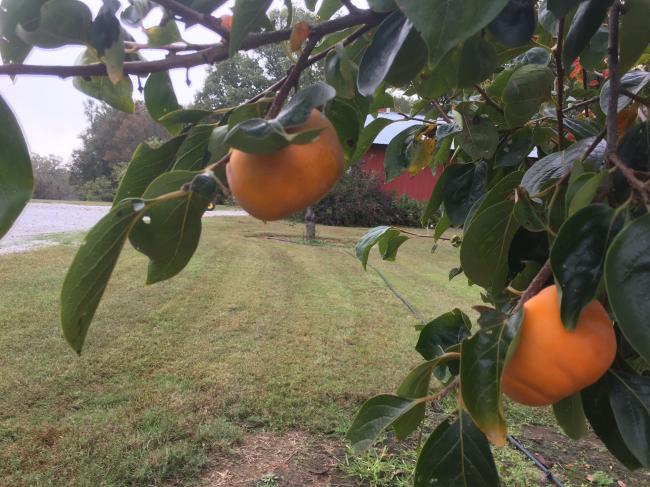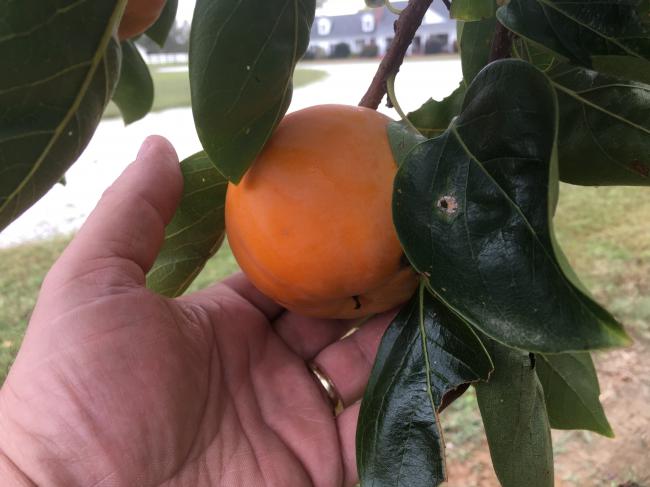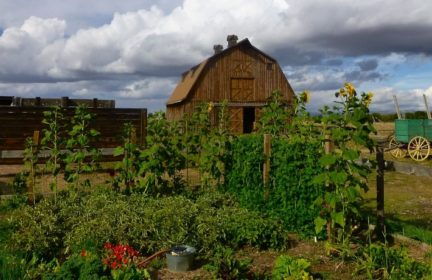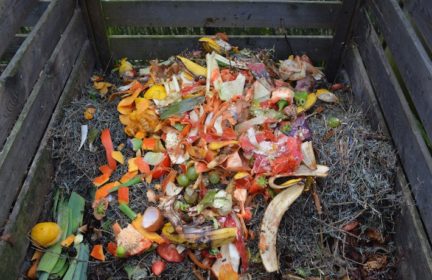The beginnings of a food forest…
I have a big empty hill behind my house. It’s too much of a pain to go up there every day, but I wanted to use the land for something. I decided to start starting a food forest.
The concept is pretty simple: you plant food-bearing trees together to create a forest and then put low-maintenance crops in between them. So you might have a large nut tree surrounded by apple and pear trees, with strawberry plants in between them. (Amaranth would also be a good addition).
It’s what Nassim Taleb would call an “anti-fragile” system. A traditional garden has to be cultivated, weeded, and watered regularly, but once a food forest is established, it can be left to its own devices. The book Gaia’s Garden is a good reference for starting a food forest.
Yesterday, I received the two one-year-old Dunstan Chestnut trees I ordered over the summer. The chestnut tree is a great resource of both wood and food and was once a key resource to Appalachia. Unfortunately, the American Chestnut was wiped out in the early 20th century by a fungal blight. If you try to plant one now, it’ll die from blight within a few years. However, a single blight-resistant American Chestnut was found and piece of it were grafted onto blight-resistant Chinese chestnut trees, creating the Dunstan Chestnut tree.
I already had my tools and other gear in my truck ready to go. I started by using my scythe to make a clearing in the tall grass and weeds and then used a string trimmer to eliminate as much grass as possible in a large circle.
I then used my Root Slayer shovel to dig a hole for the tree. I love this shovel. The saw teeth on the sides make it easy to dig into the hard ground here. I really needed it yesterday, because some sort of tree has started to root in my field. I cut through the roots and ripped out all the tree roots I could find.
I put the tree in the hole, covered it up, and then slid a tree tube over the top, which acts as a miniature greenhouse and protects the tree from deer. I fixed it in place by zip-tying it to a piece of bamboo.
Finally, I watered the tree in with liquid compost, put some compost around the tree as mulch, and then dumped some saved kitchen scraps around the tree. They’ll also serve as mulch and will feed the tree as they break down over time.
Next, I’m set to receive three mulberry trees. They’re cheap and should start producing berries within a year. I’m also going to put in some apple trees this fall.
Hopefully, within a couple of years, I will have a steady supply of food that will require no work other than just walking up and taking it.
-
Comments (17)
-
